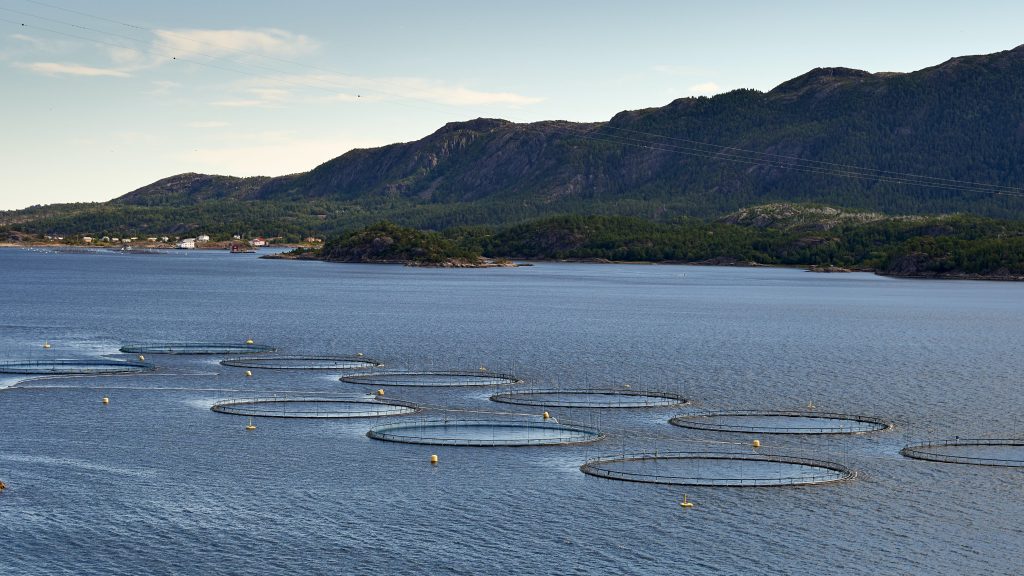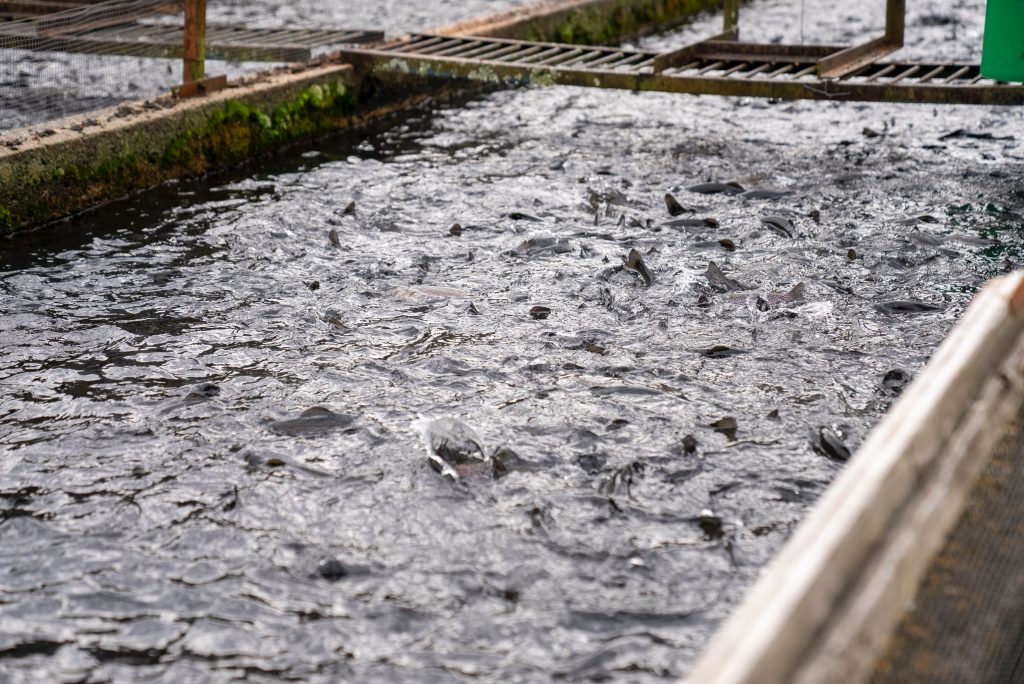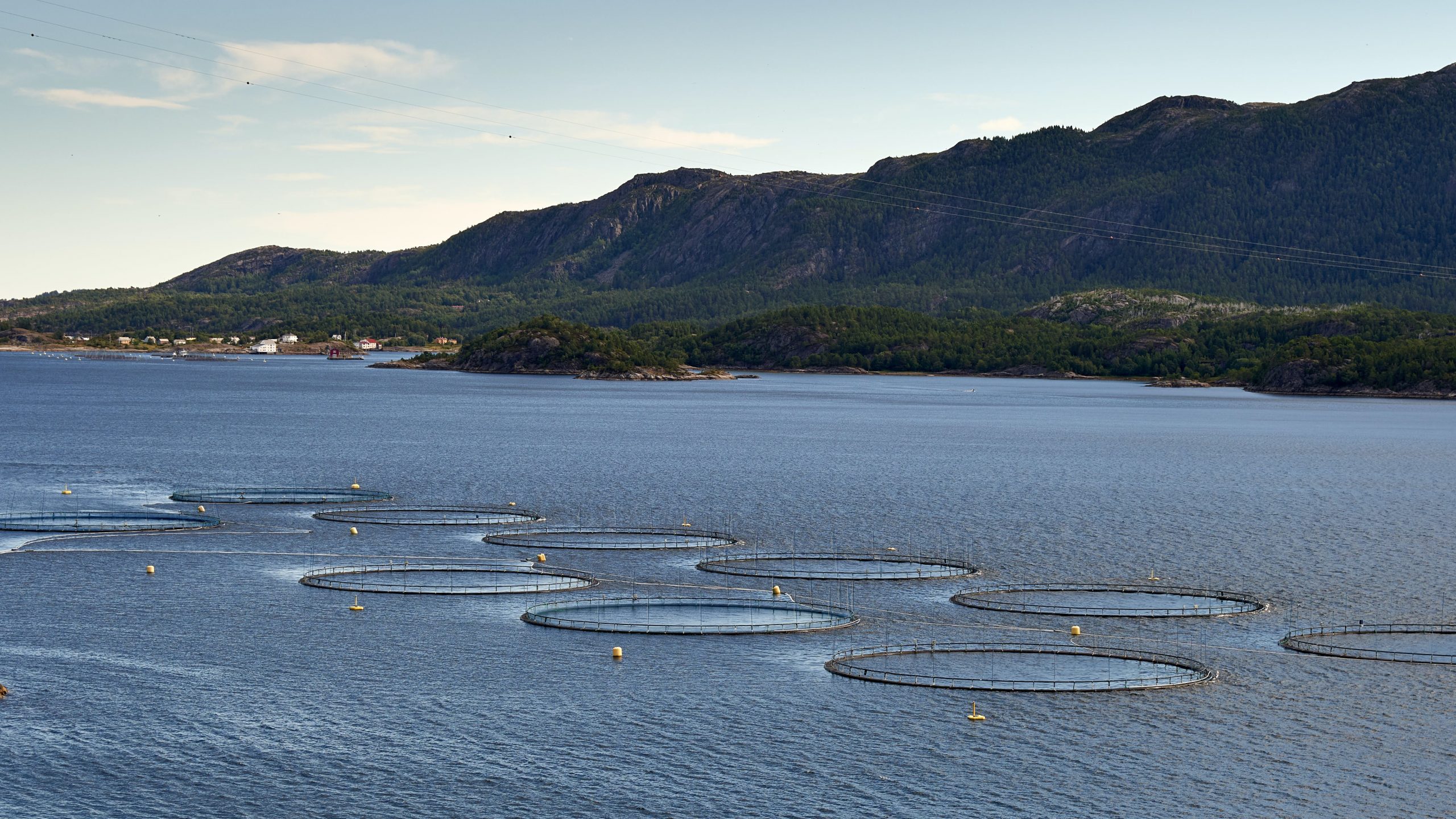Don't miss our holiday offer - 20% OFF!

Read More: Tide and Surge Detection with IoT Sensors
In the modern fishing industry, the use of advanced technology, such as pH sensors, plays a crucial role in ensuring ideal water conditions for fish life. This article will discuss in detail how pH sensor technology operates and why its role is so important in the context of effective fisheries monitoring.Today’s fishing industry faces major challenges in maintaining environmental balance within ponds and farms. Inappropriate water conditions can result in stress to the fish and negatively impact their growth. In an effort to address this issue, pH sensors are becoming an indispensable tool in monitoring and maintaining water quality.
Contents
pH Sensor Technology

Read More: Overcoming Strong Winds on Infrastructure with IoT Sensors
A pH sensor is an electronic device designed to measure the level of acidity or basicity in water. The technology operates by detecting hydrogen ions (H+) in solution, which allows accurate measurement of the pH scale. A pH sensor generally consists of an electrode that responds to changes in the concentration of hydrogen ions in water.
Advantages of pH Sensor in Fisheries Monitoring

Read More: Flood Water Quality Monitoring: Critical Role in Protection
The importance of pH sensors in fisheries monitoring is undeniable. An imbalance in pH can affect a fish’s digestive system, bone growth and response to disease. By using pH sensors, fish farmers can identify pH changes that could trigger fish health issues before they become serious.
Integration of pH Sensor in Automated Monitoring System

Read More: Weather Integration: Rainfall & Flood Sensors for Early Detection
One of the advantages of pH sensors is their ability to be integrated with automated monitoring systems. Continuous pH data is collected and analyzed by specialized software, giving fishery farmers a better understanding of environmental fluctuations. With real-time monitoring, corrective actions can be taken faster to keep the aquatic environment stable.
Challenges and Solutions in the Application of pH Sensors

Read More: Forest Fire Prevention with IoT Sensors
While pH sensors provide significant advantages, there are challenges that need to be overcome in their implementation, such as regular calibration and maintenance. However, recent technologies have offered solutions that minimize these obstacles, such as self-calibrating pH sensors and remote monitoring systems.
Economic and Environment Benefits

Read More: Enhancing Energy Efficiency with Smart IoT Sensors
The application of pH sensors not only provides benefits in terms of fish health, but is also economically significant. Reducing the risk of disease and improving fish growth can increase overall production yields, while maintaining the sustainability of the aquatic environment.
Conclusion
Uncovering the technology behind effective fisheries monitoring, the role of pH sensors in the fishing industry cannot be underestimated. By optimizing water conditions, we can achieve better results in fish farming, support the sustainable growth of the fishing industry, and protect aquatic ecosystems. The integration of pH sensors in monitoring systems is a positive step towards a more efficient and sustainable fisheries future.





